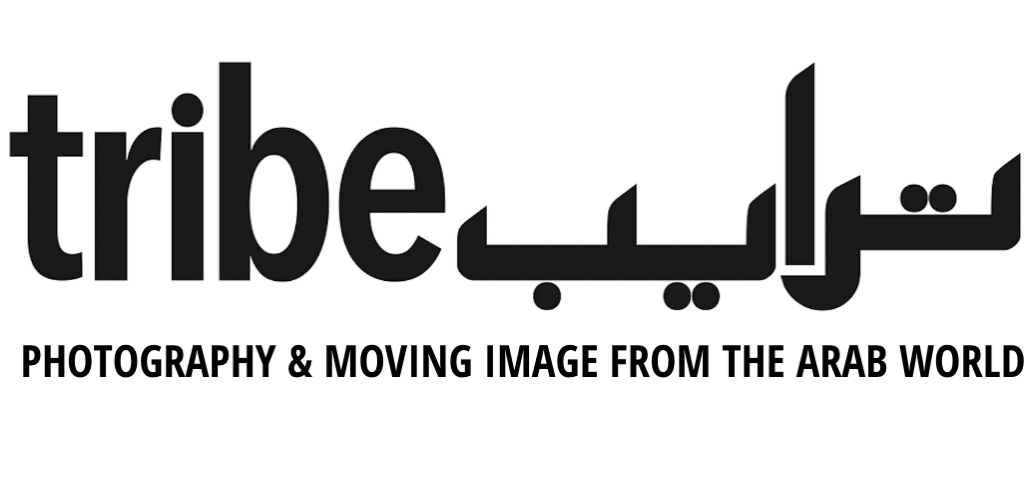Ithra: Mara’ina (Our Mirrors)
Triggering reflections in this group exhibition at Funoon Gallery
Taysir Batniji, GH0809 (2011) 20 C-prints (Duratrans) on translucent glossy paper, plexiglass, lighted frames, 30 x 38 cm (each). Courtesy of the artists and King Abdulaziz Center for World Culture.
With text by Kevin Jones, writer and educator.
Every mirror, like every image, is interpretive. As mounds of theoretical literature expound, ‘reality’ is consistently distorted in any gesture to ‘represent’ it. And rarely are such representations innocent: even the ‘purest’ of documentary gestures smacks of a position, an inclination, an intended effect. The mirror, like the photographic image, is wound up in an endless feedback loop: we plot and (re)lease the gap between our lived reality and its allegedly faithful projection.
In its role as the unmistakable metaphor of Mara’ina (Our Mirrors)- the third exhibition to inhabit the King Abdulaziz Center for World Culture’s Funoon Gallery since the institution’s opening- the mirror abounds. On the walls, the catalogue even on guest passes- at every marketing- inflected turn we are invited to reflect. Yet the complexity of reflection resides precisely in its link to agency.
Reflection in Mara’ina seems to travel two distinct routes. One is in lockstep with the show’s subtitle, Our People, Our Society, Our Homes, designating at once the documentary gaze interpreting these subjects, and the built-in gesture of first-person-plural inclusion: the works’ intent is tethered to outcomes of viewer identification, affinity and empathy. Indeed, in the words of Mara’ina curator Candida Pestana, the exhibition strives to ‘trigger memories.’ The second is a more critical zoom-out, sidestepping outcomes of viewer identification in favour of a more analytical problematizing of self-representation.
In former camp, works like Bahrain-born Faisal Samra’s People in Context (2019), one of three Ithra-commissioned bodies of work for Mara’ina, memorializes the quotidian of Al-Hasa residents, a town in Saudi Arabia’s Eastern Province. The documentary impulse feels imbued with both ingenuous nostalgia (the artist’s family originated there) and pointed promotion. Samra tenderly trumpets the cultural, commercial and humanistic importance of the place- in one shot, an inter-generational pair of traditional bisht tailors smile from their shop floor-snaring the Eastern Province audience in his double-barrelled embrace.
Another documenter of the urban landscape, Canadian-American photographer Robert Polidori, one of three Western artists in the show, engages in a more formal practice of portraiture: alongside ‘denominational’ family portraits from the mid-1990s like Muslim Family, Damascus, Syria (1994) and Christian Family, Damascus, Syria (1994), hangs the canny Saudi Tourists in Jerash, Jordan (1996). Countering Samra’s gesture of Saudi looking within, Polidori captures Saudis abroad. A trio of self-conscious men striking stiff poses- an outstretched arm clumsily poised on a Roman ruin here, a camera dangling knee-level there-is joined by an animated woman sporting abaya and niqab.
Similarly, Tasneem Alsultan’s series Saudi Love Stories (2019) navigates the gulf between viewer and subject: women watching women grappling with the imposed reliance on me, the fanfare of weddings, the collapse of ill-made marriages gauge how their own experiences reflect back from those of their photographic counterparts.
While many works explore the emotional contours of ‘home’- Monica Fritz’s Yemen Interiors (1994), Hela Ammar’s Family Portraits (2012), Hicham Benohoud’s 30 Families (2002) and, to a degree Taysir Batnij’s GH0809 (2011)- few match the emotional blows levelled by Hrair Sarkissian’s two-channel video Homesick (2014). In the gap between the artist exhaustingly sledgehammering an off-screen object, on one channel, and the steady yet invisible destruction of a scale-model replicating his parents’ Damascene apartment building, on the other, resides the anguish of absence and diasporic disconnection.
Amidst these strategies of identification and empathy-building stand two works foregrounding the very display of the self for the camera. Akram Zaatari’s The Script (2018) shows a Muslim father praying as his two feisty sons clamber all over him, attempting to break his devout concentration. Re-enacting a supposed sub-genre of YouTube videos in which the spiritual salah moment is documented amid the everyday collision of the domestic space, the work’s final minutes transpose the characters to a stage, acting to rows of empty seats. Delivering a critical swipe at such modes of performance, the work seems to imply that the self is ultimately unvarying scripted.
“Everything today exists to end in a photograph,” goes the often quoted remark by Suzan Sontag in her On Photography (1977), and how aptly it applies to Michealangelo Pistoletto’s triptych Persone in communicazione (2019), one the artist’s so-called mirror paintings (actually silkscreen on mirror-finished stainless steel) commissioned for Mara’ina. Absorbed in their phones or preoccupied with snapping selfies, the Saudi nationals represented in the work become the immaterial companions of viewers who document not only the work but, involuntarily or not, themselves in the work. Mara’ina has a challenging task: introduce contemporary art to a society not necessarily fluent in appreciating it, while exhibiting the intellectual and curatorial standards of an internationally prominent cultural institution. Grounded largely in strategies of inclusion and identification, the show succeeds less in flatly mirroring a society (in its widest sense), than in leading viewers to fathom the gap between themselves and their own projections.


